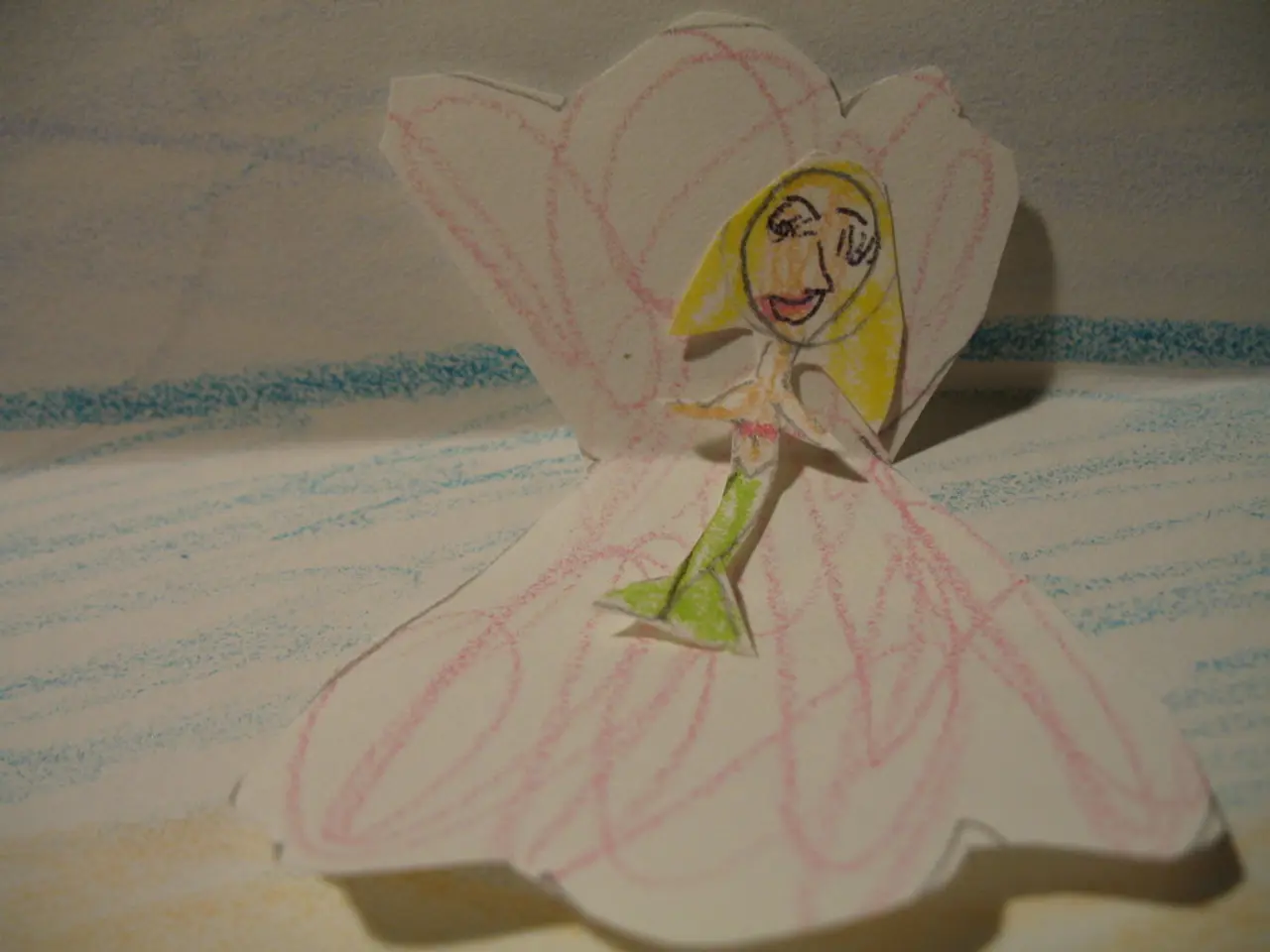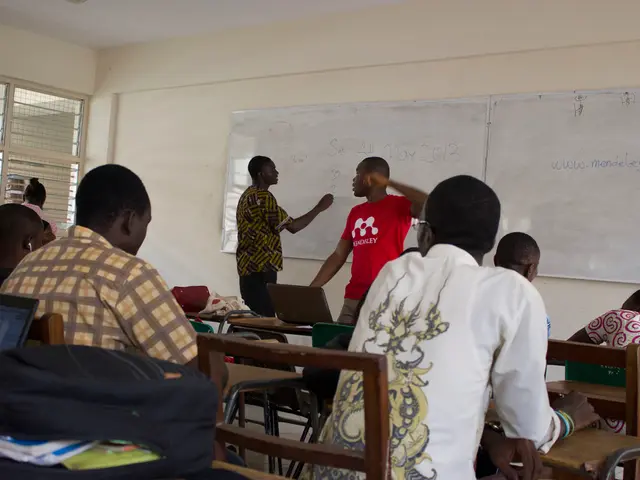Children's Craft Projects that Strengthen Motor Skills and Education: Enhance Dexterity and Knowledge
Age-Appropriate Cut and Paste Activities Boost Fine Motor Skills and Early Learning
Cut and paste activities offer a fun, creative, and educational experience for young children, helping them develop essential fine motor skills while reinforcing important educational concepts.
Toddlers (around 1-3 years):
Simple cut and paste tasks with large, easy-to-handle pieces and minimal cutting required are perfect for toddlers. Activities that involve pasting pre-cut shapes or larger pieces help build hand-eye coordination and glue application skills. For example, attaching large colored shapes onto paper or pasting basic thematic stickers (no complex cutting) supports early motor development.
Preschoolers (3-5 years):
Cut and paste crafts that encourage scissor use with larger, simple shapes or themed printables work well for preschoolers. Examples include cutting out letters to match uppercase and lowercase pairs, or assembling basic crafts such as rockets or seasonal items. These activities promote fine motor control, letter recognition, and creative expression. Printable crafts like a rocket or a witch that can be colored before cutting also engage their creativity while practicing cutting and gluing.
Kindergarteners (5-6 years):
More structured cut and paste activities that incorporate sorting, classifying, and cognitive skills are appropriate for kindergarteners. Tasks might include sorting pictures into categories such as animals vs. vehicles or living vs. non-living things to boost logical thinking and early math concepts. Worksheets that have children cut out images and paste them into labeled columns reinforce visual discrimination and problem-solving alongside fine motor skills. Cut and paste activities tied to literacy or math homework—such as gluing objects according to patterns or ten-frames—also support curriculum goals.
Tips for Success:
- Providing examples of completed projects can help children visualize their goals.
- Demonstrating steps before children begin working can help ensure clear instructions.
- Be patient and celebrate small successes when helping a child who struggles with cutting.
- Start with thicker paper that provides more resistance and is easier to control for children who struggle with cutting.
- Cleaning as you go keeps a small trash container nearby for scraps.
- Using pre-cut options or pre-cut slits can help younger children or during time-limited sessions.
- Designating "cutting zones" and "gluing zones" can manage materials effectively.
- Using glue sticks can reduce mess during cut and paste activities.
- Incorporating learning objectives into cut and paste activities can reinforce educational concepts.
- Safety scissors with blunt tips and plastic blades are suitable for the youngest children (ages 2-3). Kindergarteners can use standard child-sized scissors with a comfortable grip.
- Adaptive scissors, such as dual-control scissors, can help guide a child's hands if needed.
- Working with small groups allows for better supervision.
- Paper plates can serve as disposable work surfaces that catch excess glue.
- Washable materials, such as washable glue and markers, are easy to clean up.
Summary:
From simple tearing and pasting for toddlers to complex themed projects for kindergarteners, there's a cut and paste activity for every age and skill level. These activities not only build fine motor skills but also enhance early cognitive development such as classification, letter recognition, and following instructions. Printable templates and guided crafts provide clear visual cues and step-by-step assembly for all age levels. [1][2][3][4][5]
[1] Providing examples of completed projects can help children visualize their goals
[2] Incorporating learning objectives into cut and paste activities can reinforce educational concepts
[3] Using glue sticks can reduce mess during cut and paste activities
[4] Designating "cutting zones" and "gluing zones" can manage materials effectively
[5] Safety scissors with blunt tips and plastic blades are suitable for the youngest children
- Cut and paste activities can also be incorporated into Wisdom and Education-and-self-development, where children can create a vision board that reflects their personal and learning goals, visualizing their aspirations.
- Fashion-and-beauty and Home-and-garden can benefit from cut and paste projects, such as creating a customized clothing design or a collage that showcases their favorite home decor styles, fostering creativity and self-expression.
- Food-and-drink themed tasks can help expand children'spalate by creating a healthy eating chart with pictures of different foods, teaching them about nutrition and promoting a lifestylet focused on healthier choices.
- Cut and paste activities can also be adapted to tackle various subjects, like science, history, or geography, reinforcing the concepts while honing their fine motor skills and comprehension of complex subjects.




